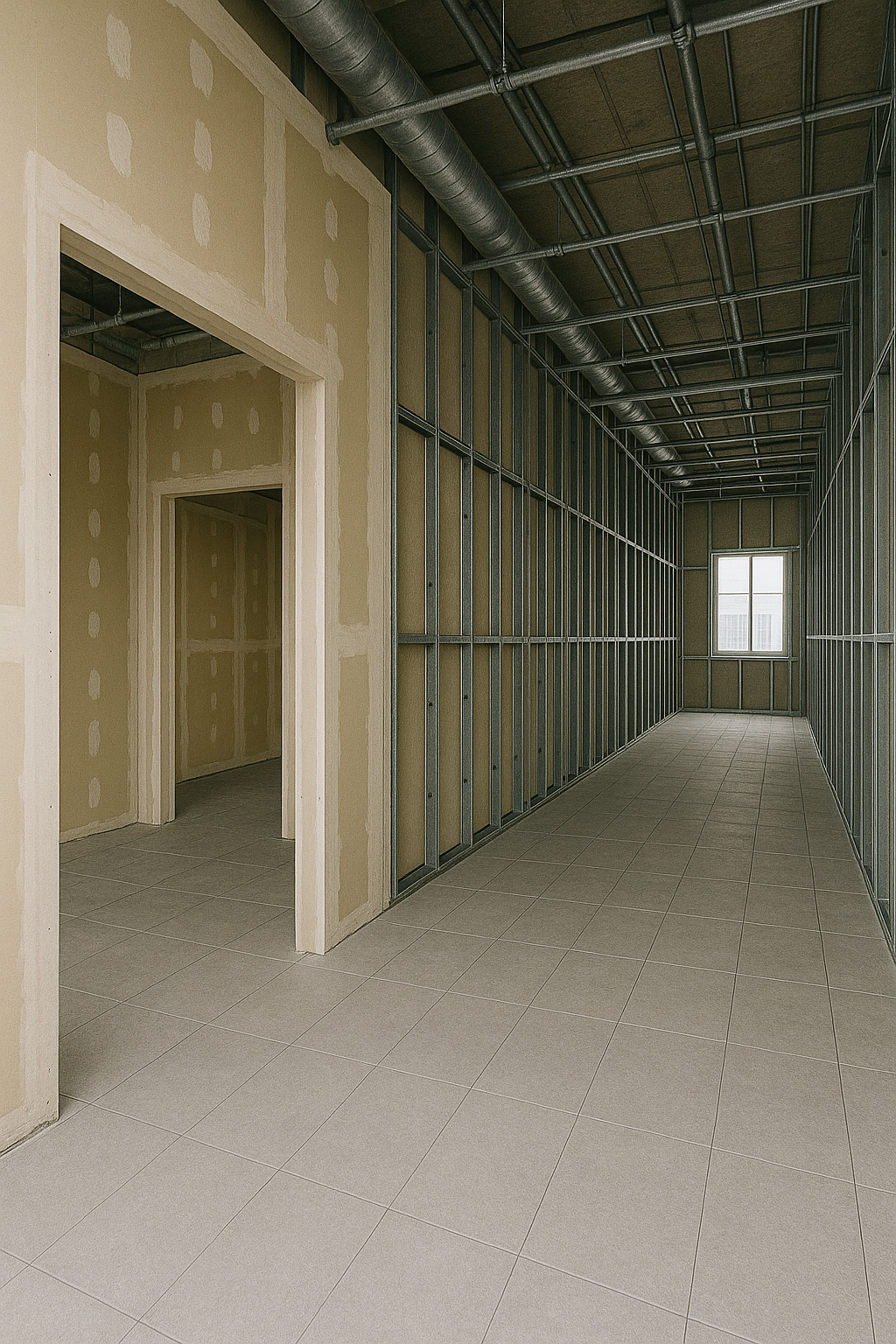
Understanding wall types and assemblies is foundational to accurate drywall estimating. In a world where every linear foot and detail matters, overlooking distinctions between wall systems can lead to budgetary overruns, compliance issues, and coordination headaches. For Architects, Engineers, and General Contractors, a structured approach to evaluating wall assemblies isn’t just good practice—it’s critical for cost certainty and execution clarity.
Each wall type represents a unique combination of framing, board, insulation, finish, and accessories. Misclassifying them in takeoffs can result in dramatic labor and material deviations. Typical wall variables include:
Failure to distinguish these during the estimate can lead to major cost misalignment, particularly on projects with dozens—or hundreds—of unique wall conditions.
One of the best ways to prevent scope errors is to catalog wall assemblies from the outset using a standardized system. This can include:
Modern estimating tools such as Active Estimating enable teams to build condition libraries that map directly to tagged assemblies, ensuring consistency between drawings and cost logic.
Estimating systems purpose-built for drywall estimating can automatically link drawing callouts to wall assemblies, adjusting costs based on wall height, ratings, and finishes. They also allow estimators to model subjective cost factors like access limitations or labor intensiveness per wall type, improving both accuracy and field performance prediction.
Wall assemblies are more than just vertical partitions—they’re an integrated part of every building’s functional and aesthetic performance. By treating them as distinct, data-rich components in the estimating workflow, project teams can avoid costly surprises and maintain confidence from bid through build. With solutions like Active Estimating, estimators can create detailed, reusable, and verifiable wall assembly pricing strategies that scale across every project type.
Contact Information:
Active Estimating
508 2nd Street, Suite 208
Davis
California
95616
Rich Schoener
richard@activeestimating.com
(877)
Schedule a personalized demo to see how Active Estimating can work for your specific needs.
